Fish identification : Longfin bannerfish VS schooling bannerfish VS Morrish Idol…
1. The Moorish Idol, Zanclus cornutus
They were originally classified as a type of butterflyfish. Fossils of similar extinct species have been found and the species now has her own family, the Moorish idols are the only surviving member of the Zanclidae family…
The Chaetodontidae are very colourful fishes that are popular with divers and aquarists. The family consists of ten genera with about 120 species. They mostly inhabit coral reefs but some have become adapted to temperate and deep waters.
| Distinctive features: The body of Moorish idols is circular in shape and very narrow in width. The dorsal spines are elongated backwards in a filament that lengthens as the fish ages and lags behind while swimming. It has a protruding tube like a nose that puckers up at the end. The mouth has a yellow saddle above and bristle-shaped teeth. The main colour of the body is white with alternating bands of black and pale-yellow bars. The eyes are set high away from the mouth and in adults there are bumps above the eye. |
Often seen alone, Moorish idols also form pairs or occasionally small schools, especially juveniles. They are diurnal fish, sticking to the bottom of the reef at night, adopting a drab coloration. Generally, Moorish idols prefer flat reefs and shallow waters.
Their habitats are East Africa, the Indian Ocean, Persian Gulf and the Ducie Islands; Hawaii, southern Japan, and all of Micronesia; they are also found from the southern Gulf of California to the south Peru.
There are two types of bannerfish in the Indian Ocean
2. The schooling bannerfish, Heniochus diphreute
| Distinctive features: The first 3 rays of the dorsal fin are very small and black color. They are followed by a very long 4th ray (the same length as the body), white, which forms a "whip". The body is white with 2 large vertical black bands. The first begins in front of the dorsal fin, crosses the insertion zone of the pectorals and continues until the end of the pelvic and on the anterior margin of the anal. This black area overflows on the base of the whip. The second black band goes from the base of the dorsal, just behind the whip, and goes down to the anal fin, which it covers only in its posterior part, reaching its tip. A black area connects the 2 eyes through the forehead. A black spot is also present on the muzzle, which is pointed and ended in a small mouth. The base of the pectoral fins is black then the rays are yellow. The dorsal behind the whip and the caudal are yellow. The pelvic muscles are pointed. |
The schooling bannerfish is widespread throughout the tropical, subtropical and temperate waters of the Indo-Pacific from the eastern coast of Africa, Red Sea, Polynesia and Hawaii and from south Japan to Kermadec Islands (New Zealand).
The schooling bannerfish prefers external reef slopes and channels. It has a large depth range and is usually observed at 5–30 m depth, but may reach 210 meters deep in some places.
3. Heniochus acuminatus, aka long fin bannerfish
The common bannerfish is present in tropical and subtropical waters of the Indo-Pacific basin, from the eastern coasts of Africa, the Red Sea included, to Polynesia and from southern Japan to the south of the Great Barrier Reef.
The longfin bannerfish appreciates the relatively deep waters of lagoons, channels and sheltered outer reef slopes 15 to 75 meters deep.
| Distinctive features: The first rays of its dorsal fin stretch into a long white filament. The body is white with two black vertical stripes. The head is white, the eyes are black and connected to each other by a black band. The muzzle, spotted with black, stretches forward with a small terminal protractile mouth. When they are young, they don't have a white area on the back. |
The most visible differences are: a longer muzzle for the common bannerfish, no yellow scales on its body, a rounder breast and yellow pectoral fins. On closer inspection, we will also recognize them at the tip of their anal fin. Check the common bannerfish the tip is two-colored, in the gregaire bannerfish the tip is white (the demarcation of black is a little higher)

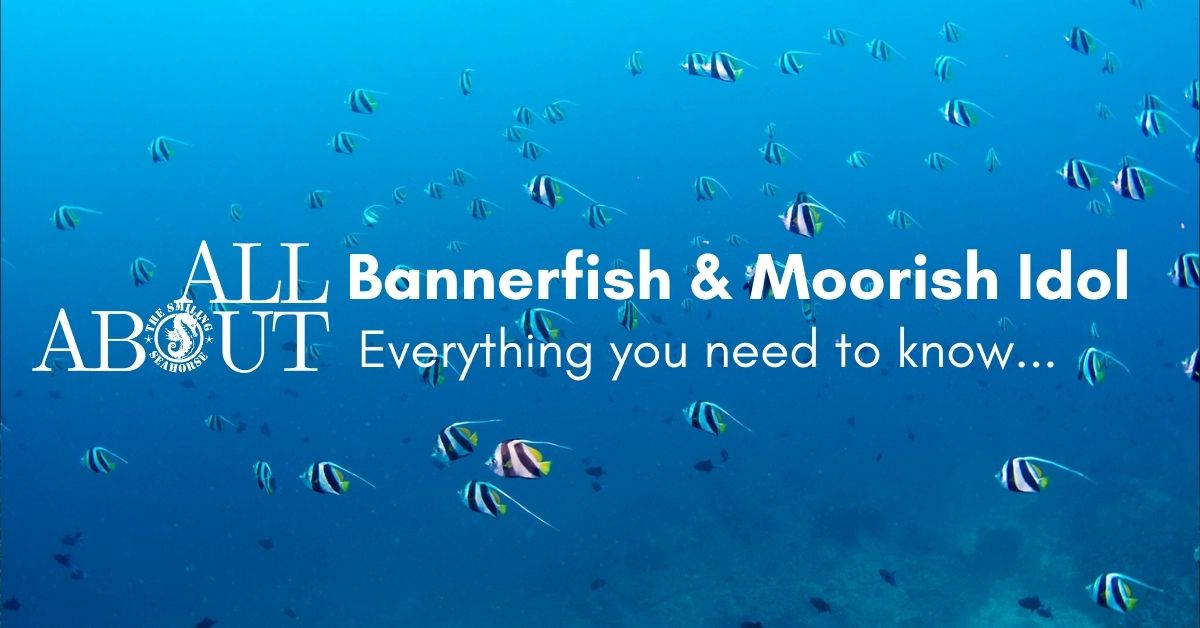
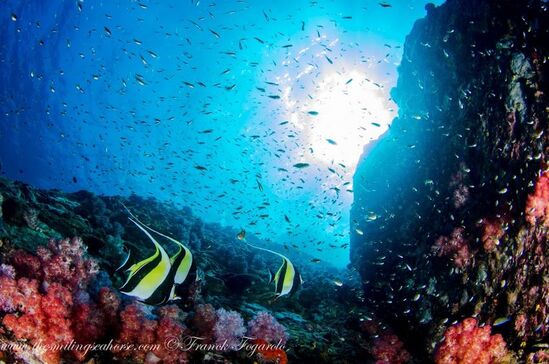
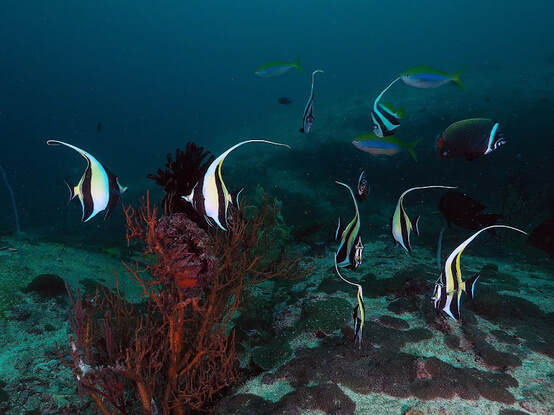
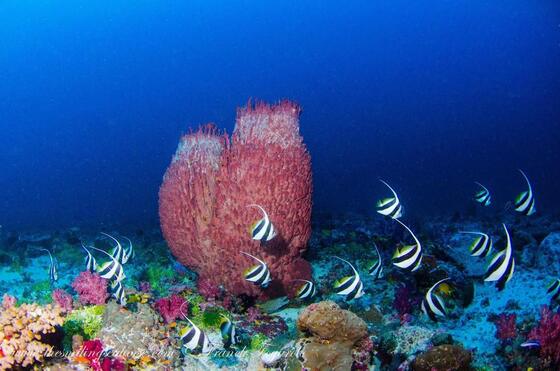

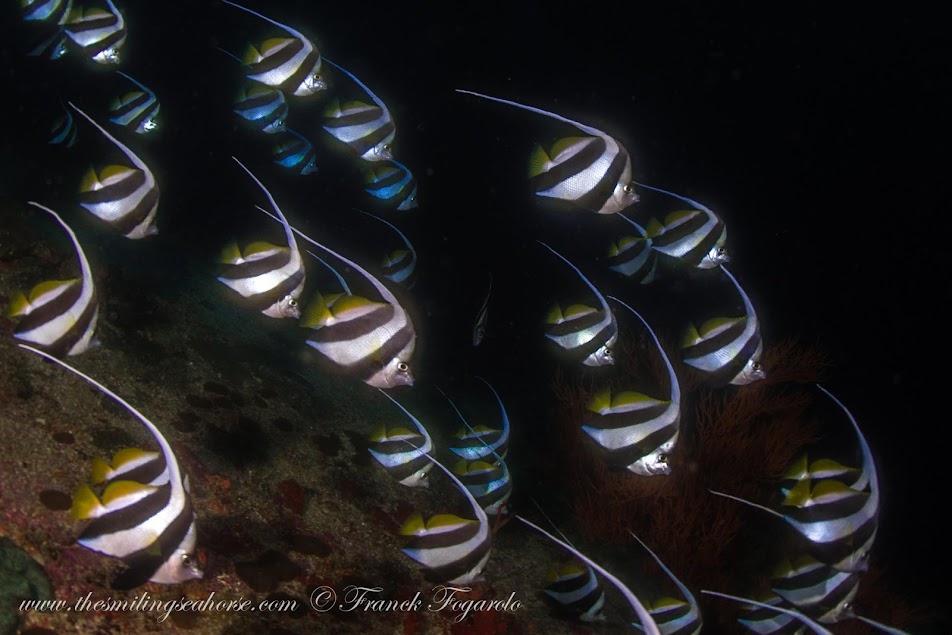
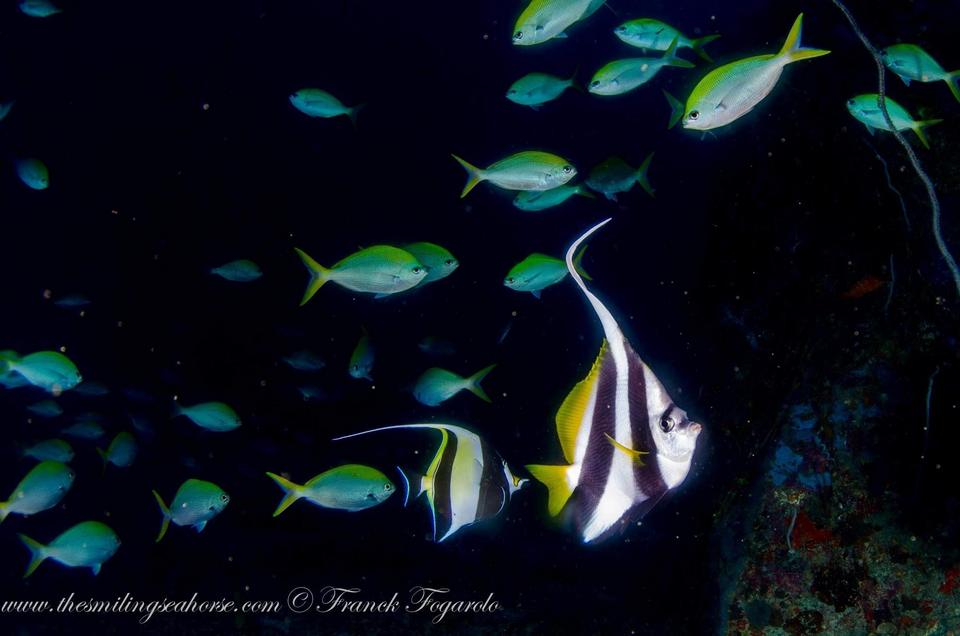
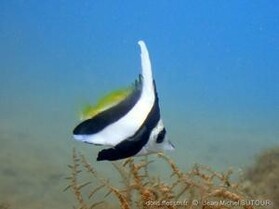
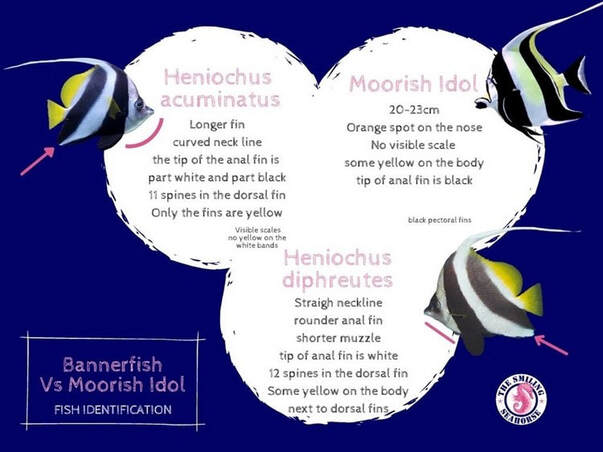
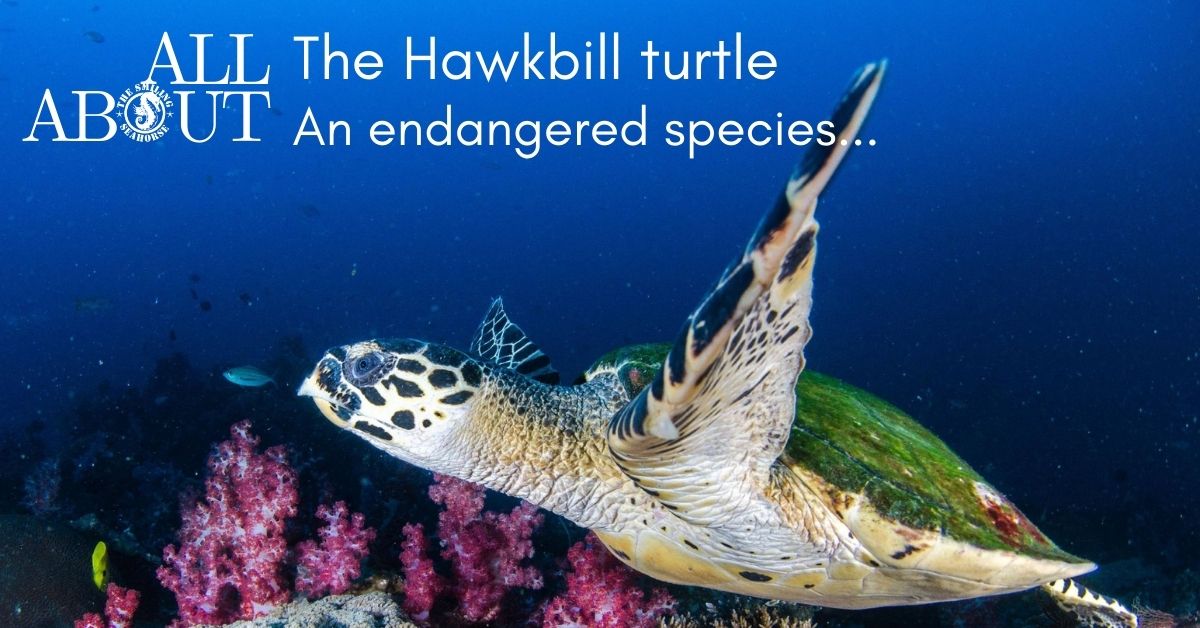
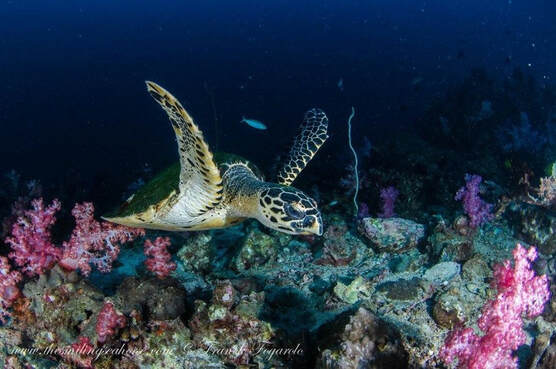
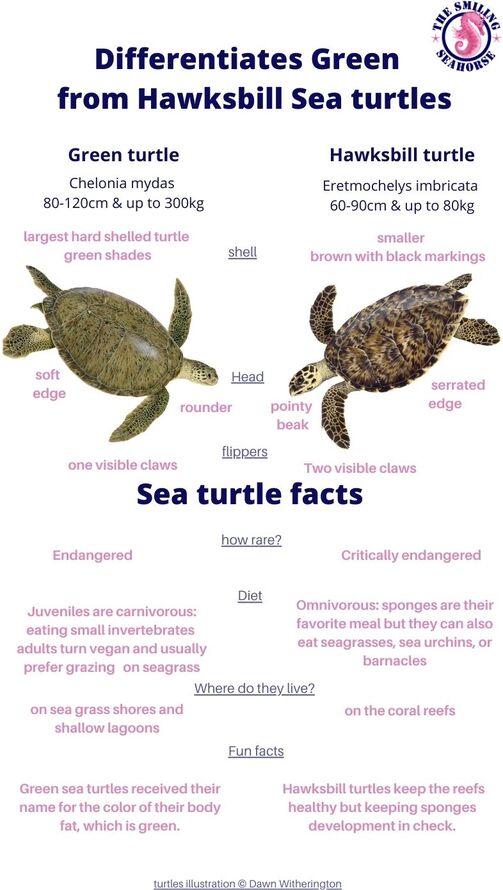
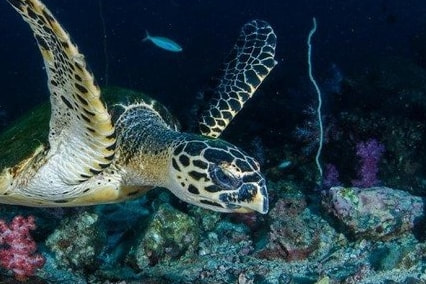
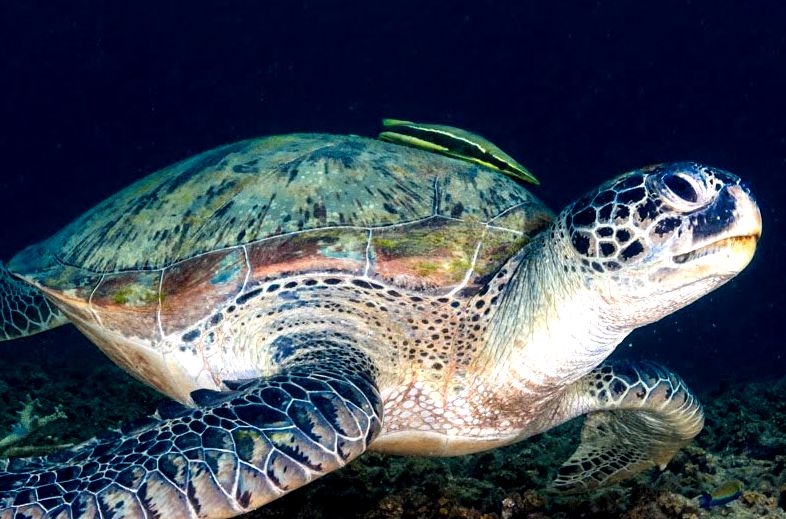
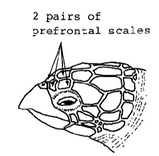
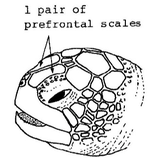
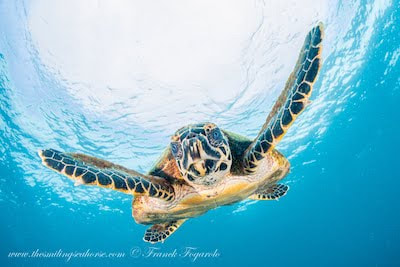
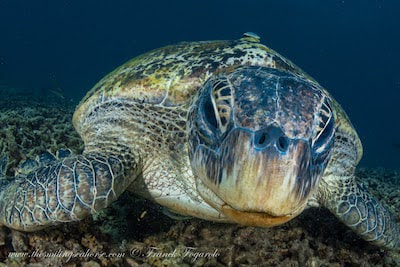
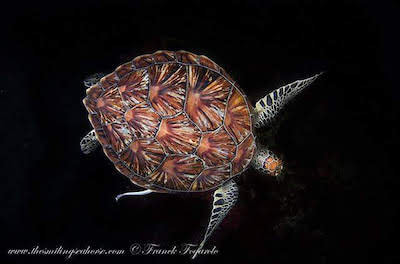
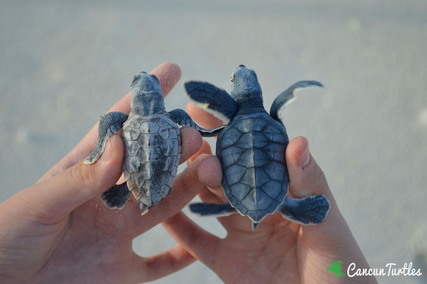
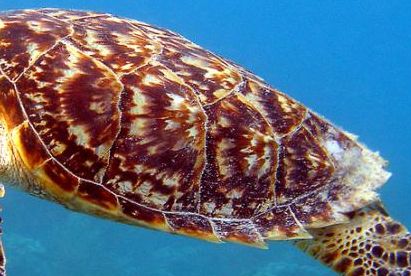
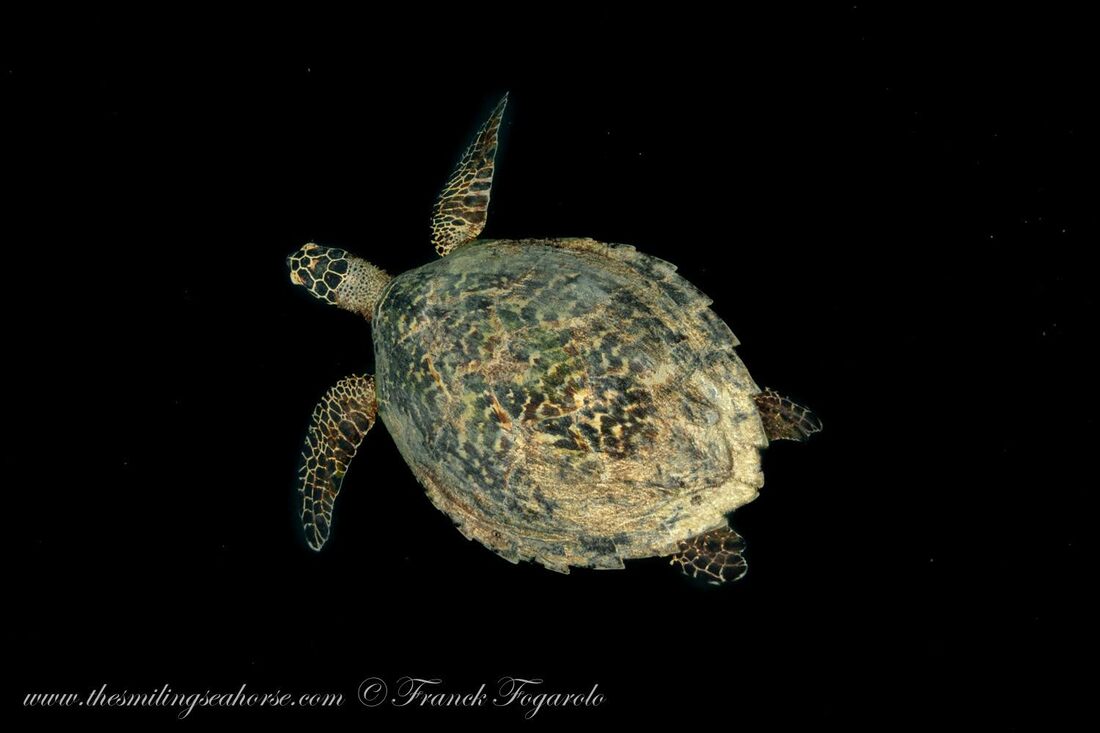
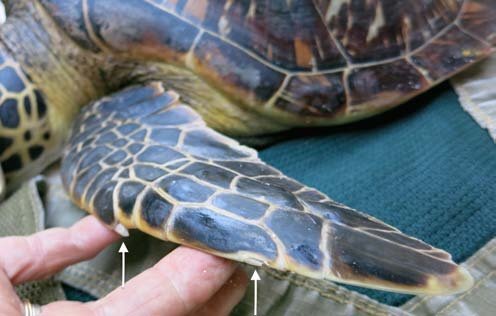
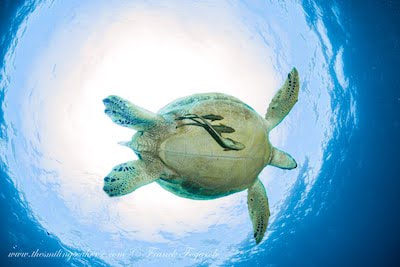
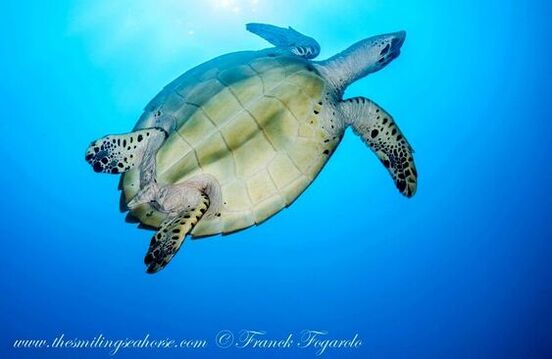

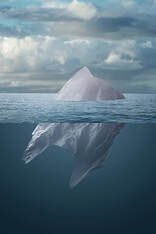
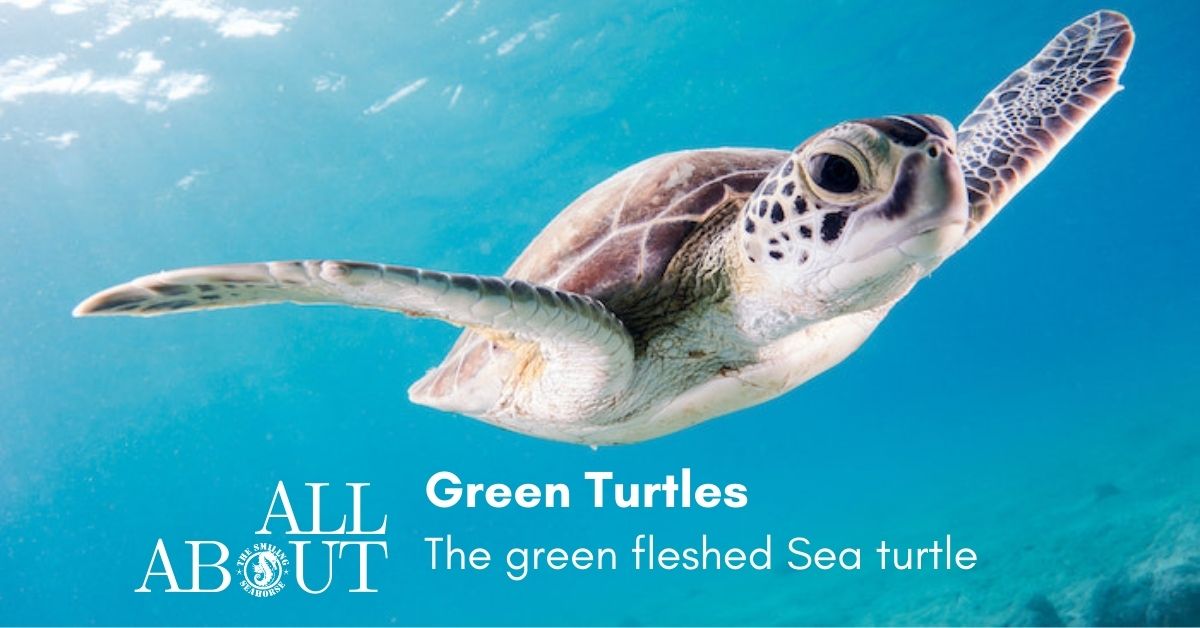
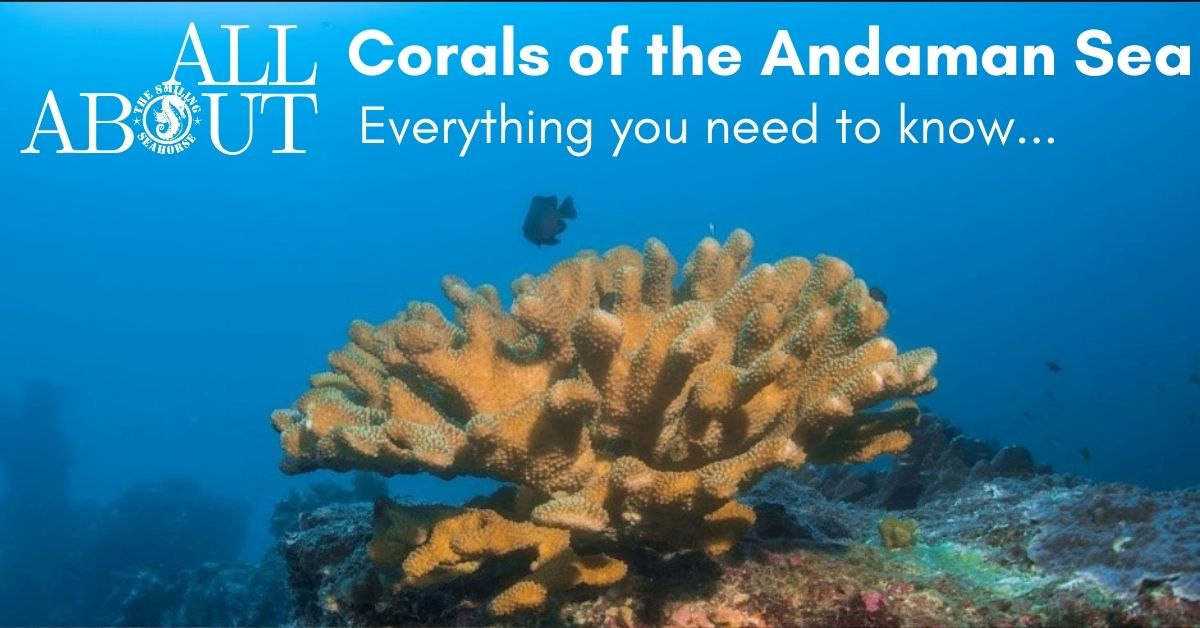
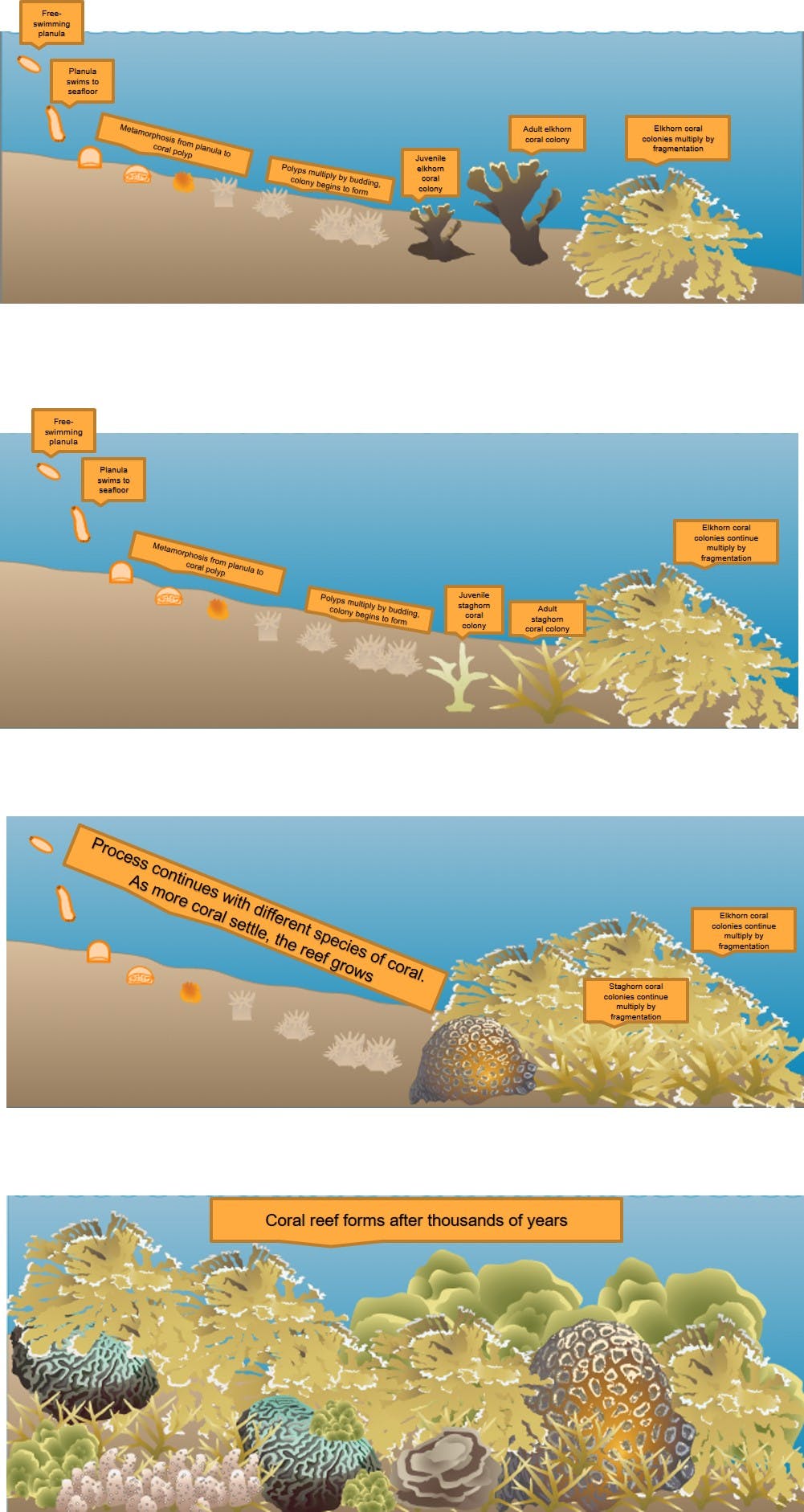
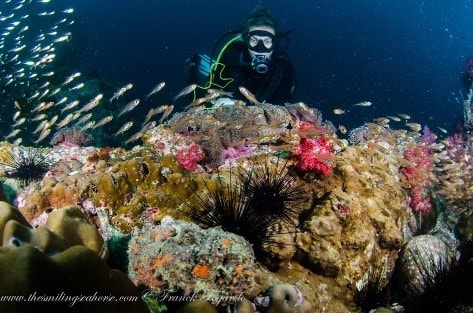
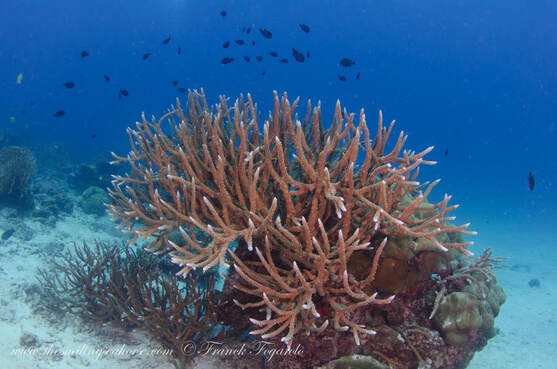

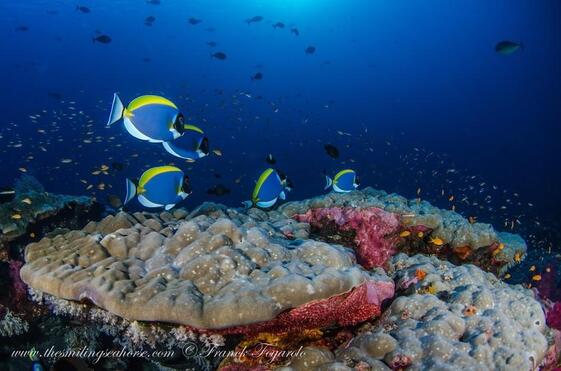
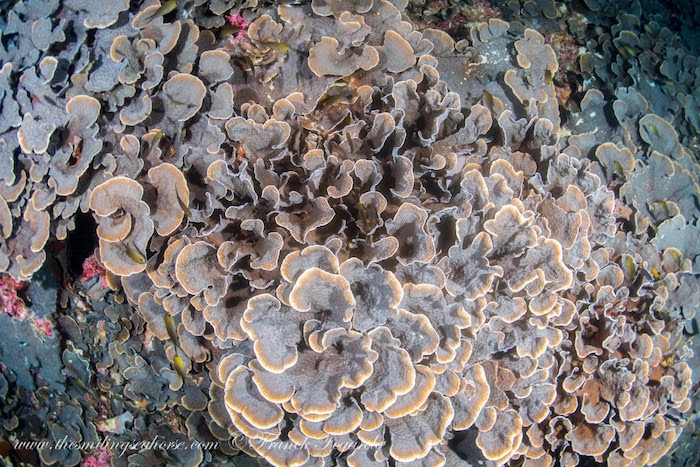
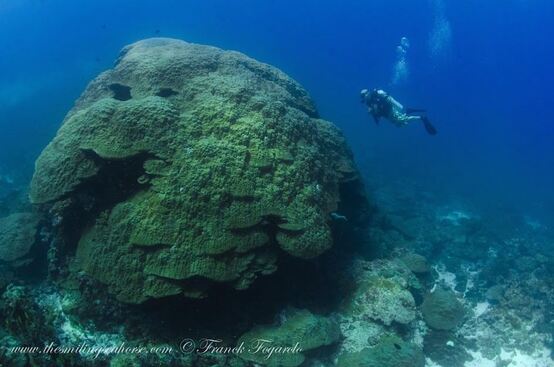
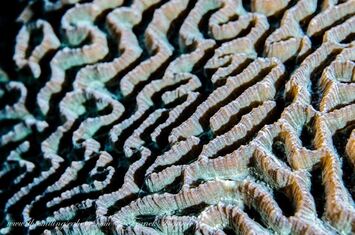
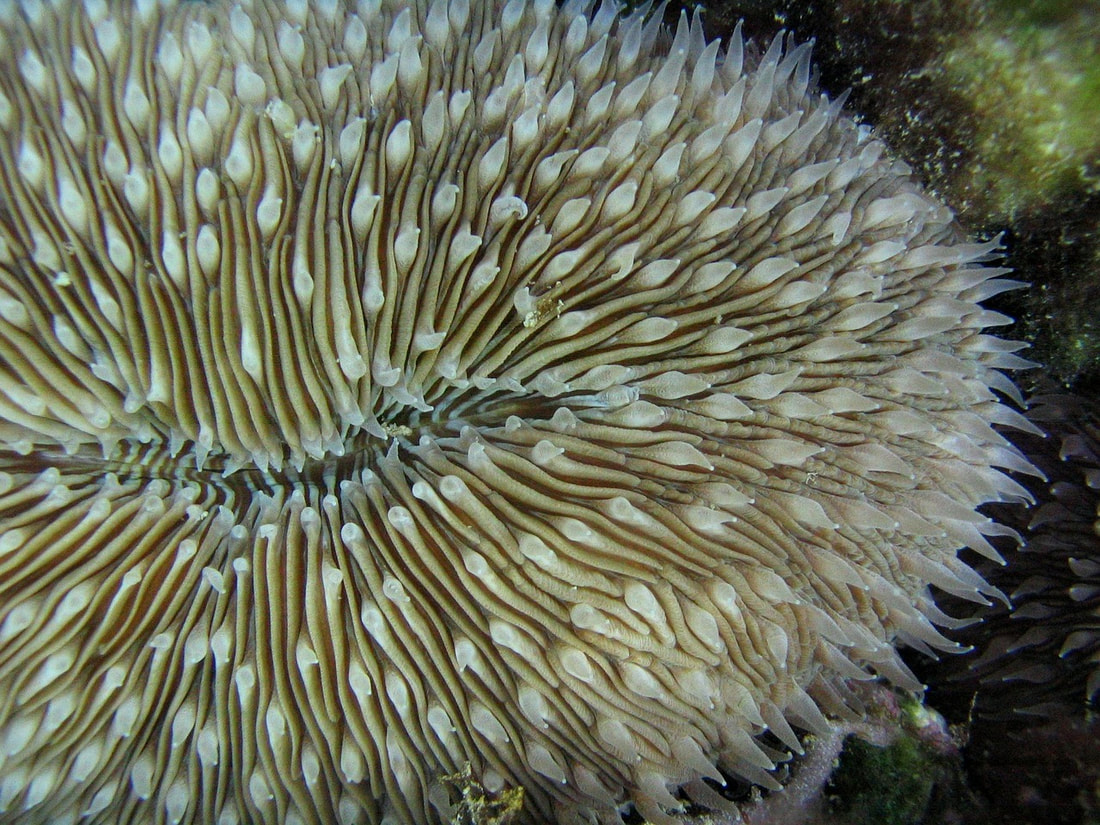
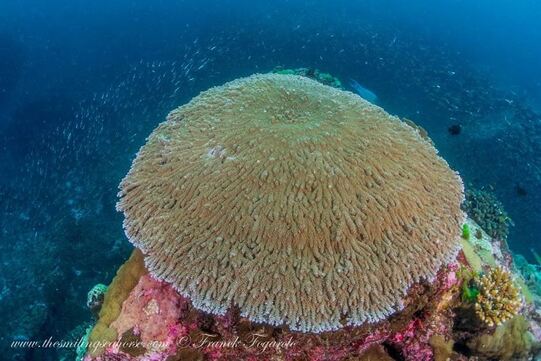
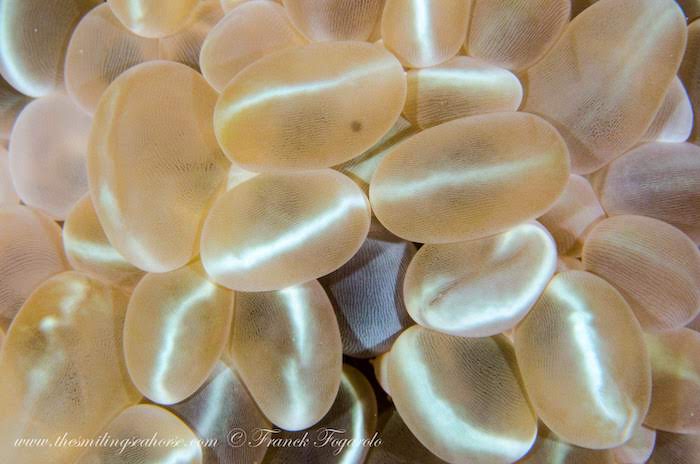
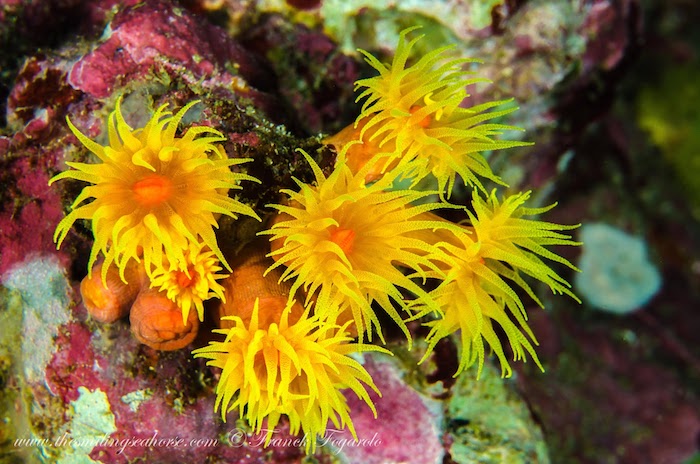
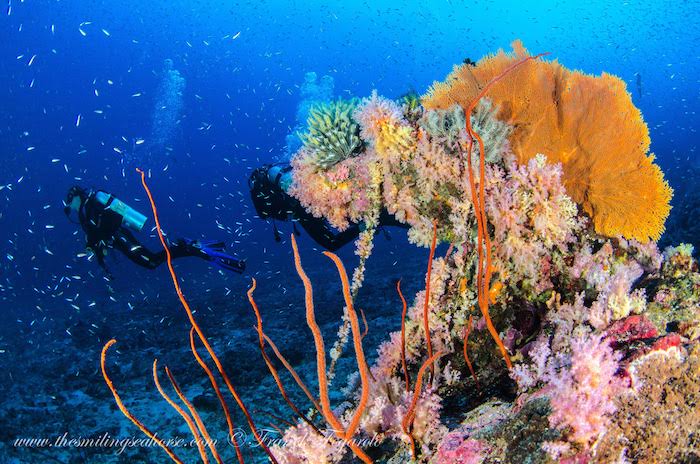
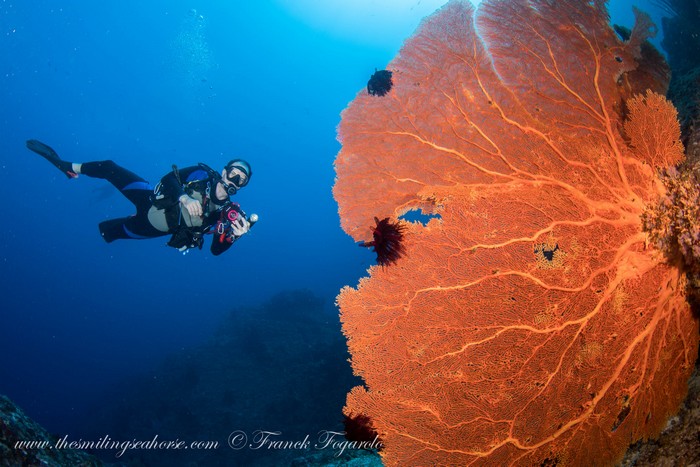
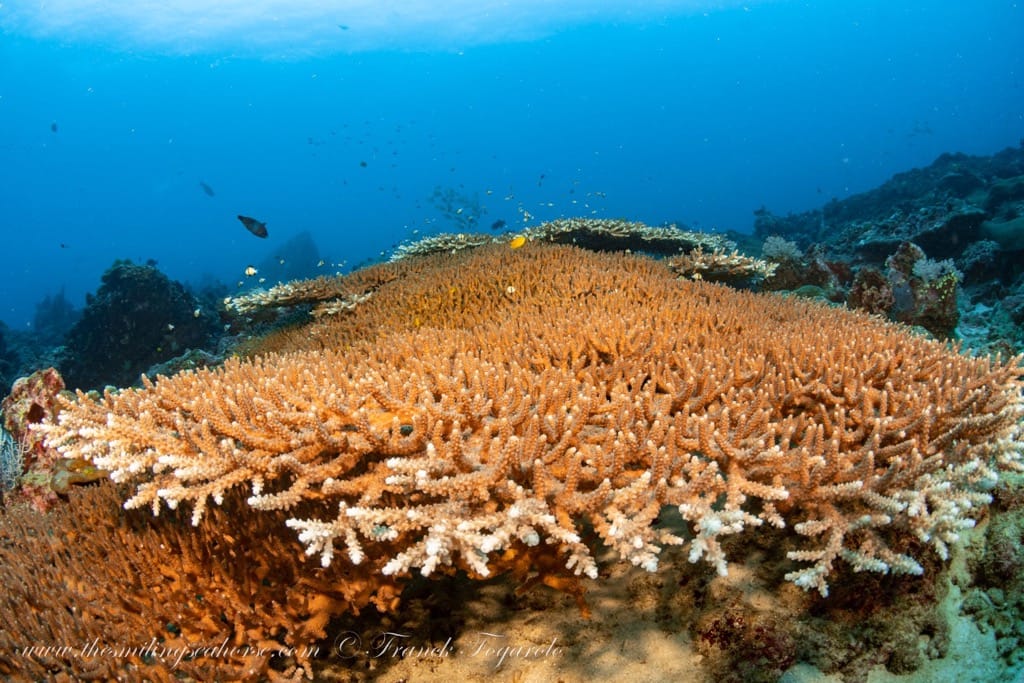
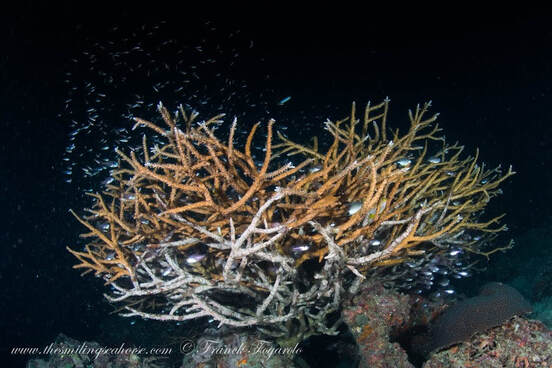
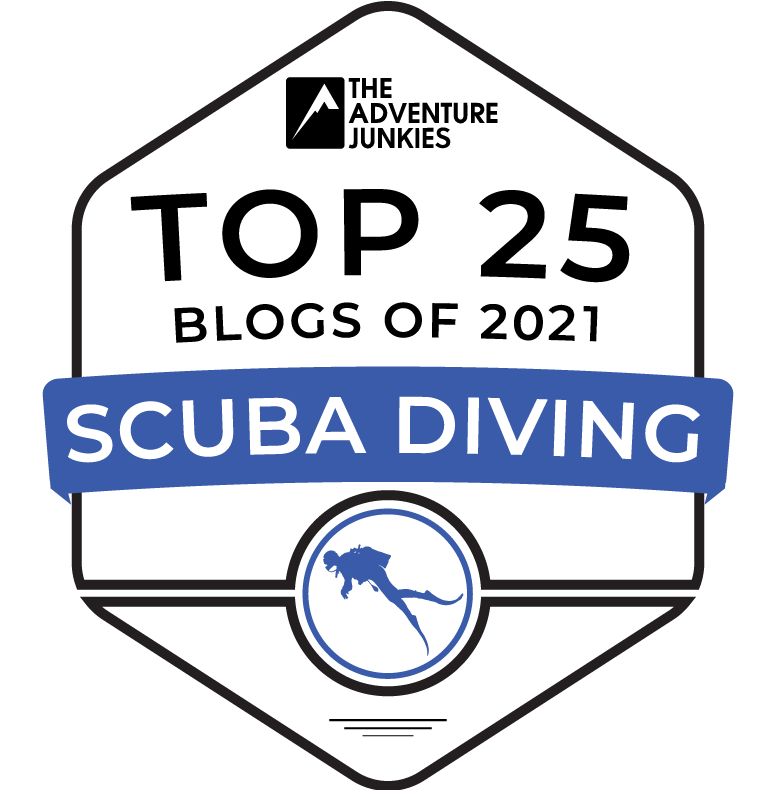
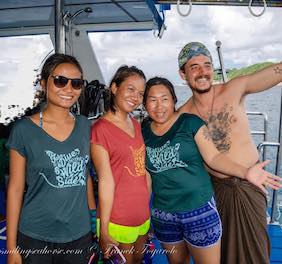
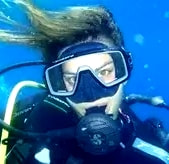

 RSS Feed
RSS Feed




